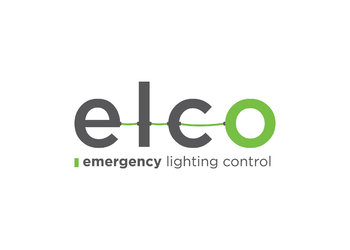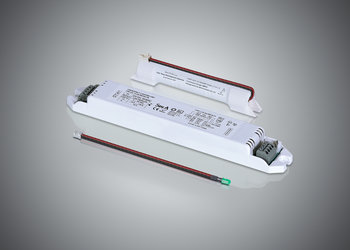EMERGENCY LIGHTING PRODUCTS APPLICATION
At the outset, when planning the installation of emergency lighting products in any building, all available information about the building must be compiled after floor plan evaluations, site research, and interviews with the building authorities have been planned and carried out. During the initial design stage, escape routes must be clearly defined and planned according to EN 1838.
Before the project can be designed, plans or layouts showing the locations of all exit routes in the building, whether existing or proposed, must be indicated along with fire alarm call points and the locations of fire extinguishers and first aid equipment. In the initial design stage, consultations and exchanges of knowledge must be carried out between all parties involved, including the facility’s owner, operator, architect, consultant, lighting designer, contractor, and operating authorities. In the planning stage, it is important that discussions be held about national and/or local regulatory requirements in addition to standard advisories that might apply to the facility in question so that they can be fully understood. A fire risk assessment must be made to determine which fire hazards exist in which areas of the building and what might happen in the case of an explosion. Additional emergency lighting requirements must be identified in light of the results of this assessment.
Design checklist The fundamental steps that need to be followed during the emergency lighting system design process are as follows:
• Risk assessment results must be evaluated
• Emergency lighting durations must be determined
• Emergency escape routes must be defined, keeping in mind potential hazards
• Locations of fire alarm buttons, fire extinguishing equipment, and fire safety signs must be determined
• The types of emergency lighting that are needed must be identified
• Normal lighting luminaires that are to be converted into emergency lighting luminaires (luminaires where Emergency Units will be placed) must be selected
• Exit sign requirements must be determined
• High-risk areas must be defined
• Open areas larger than 60 square meters must be identified
• The external lighting requirements outside final exits and on routes leading to places of safety must be identified



